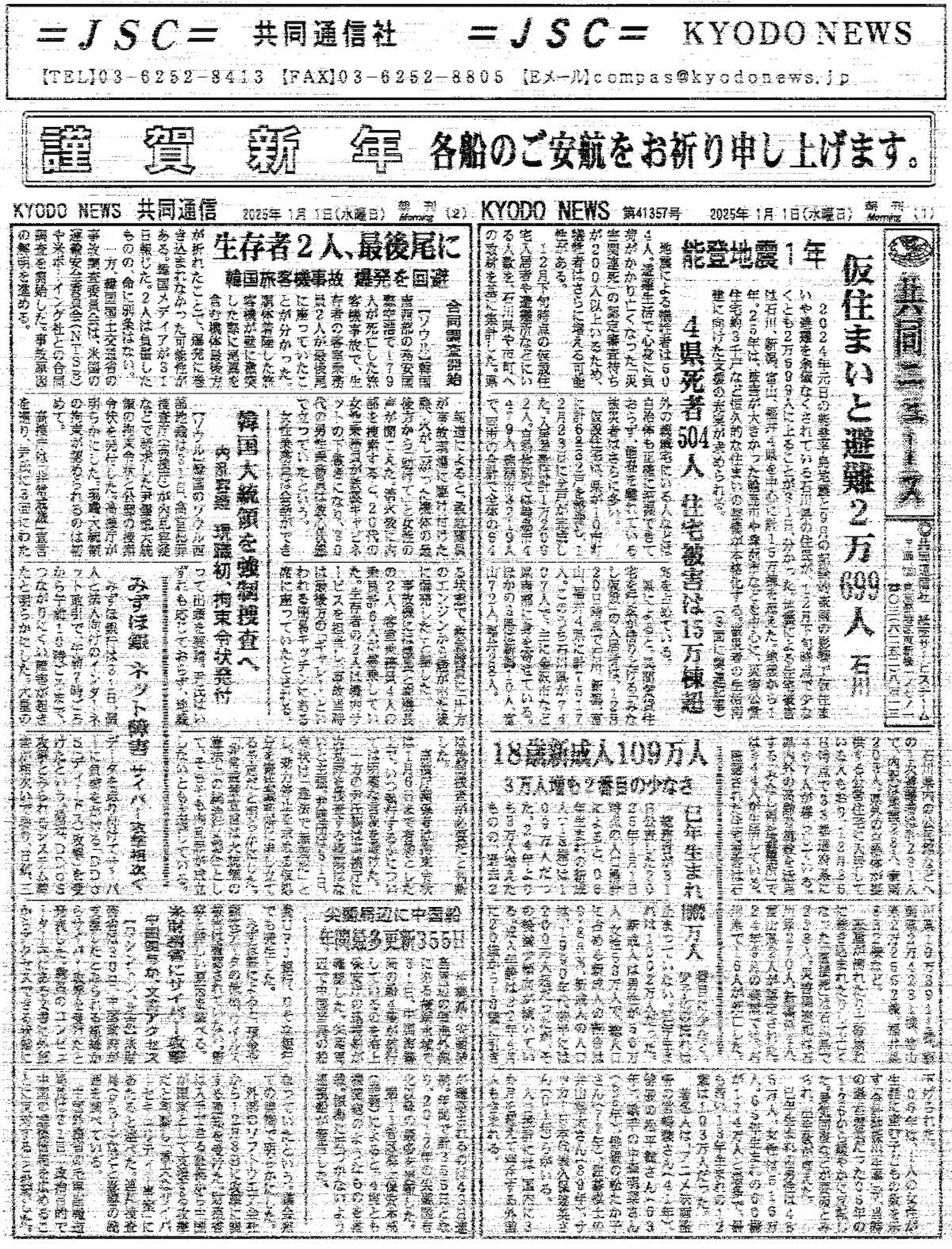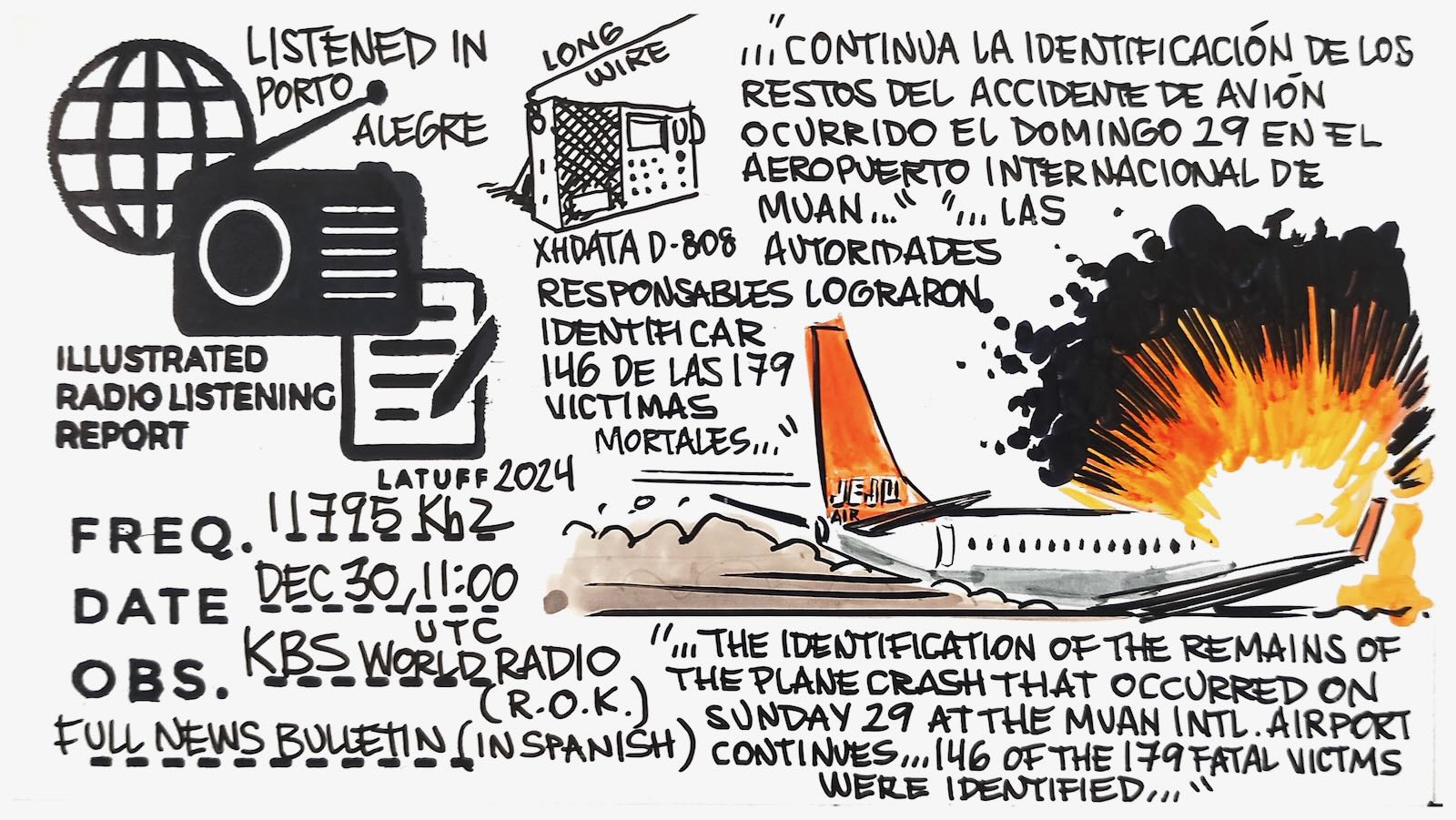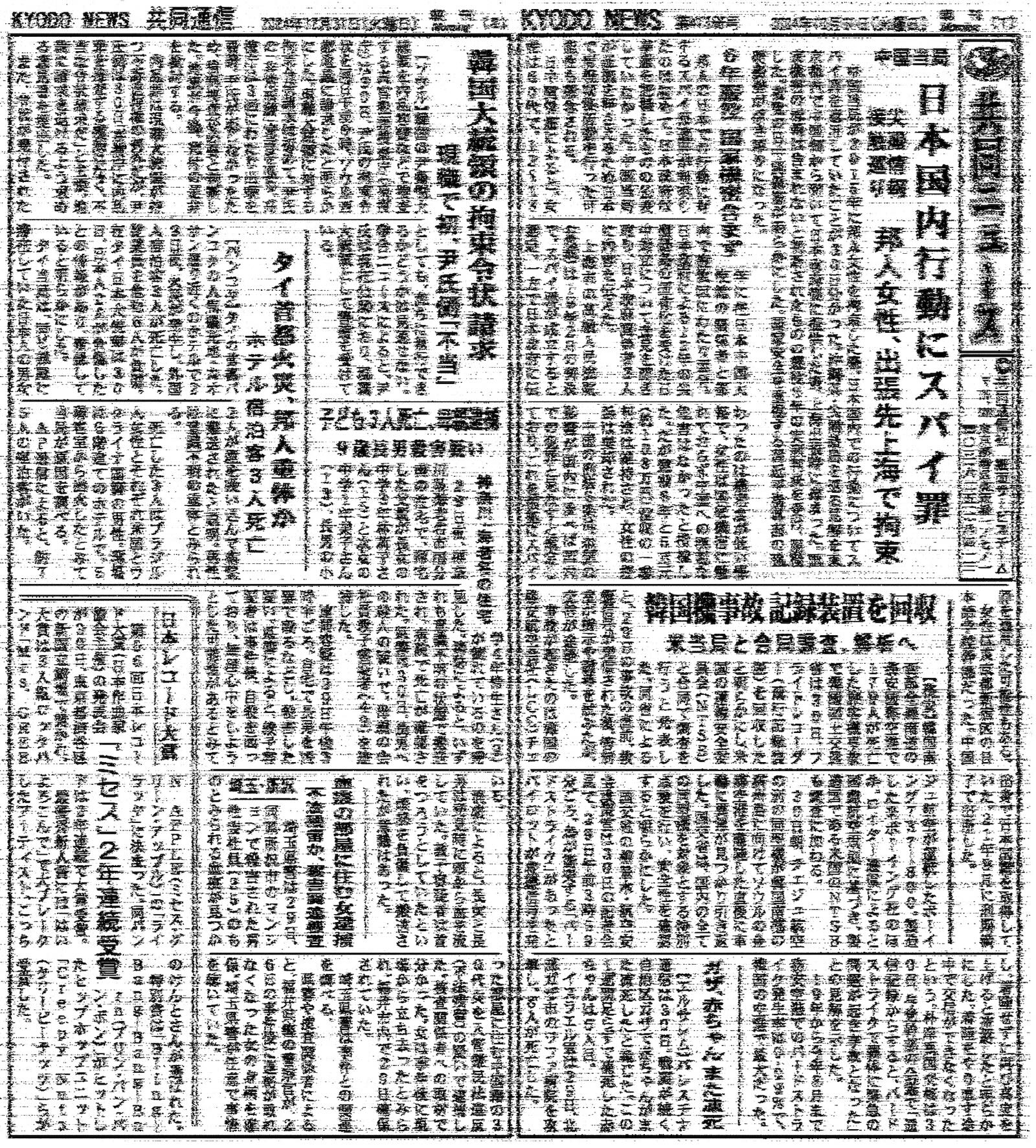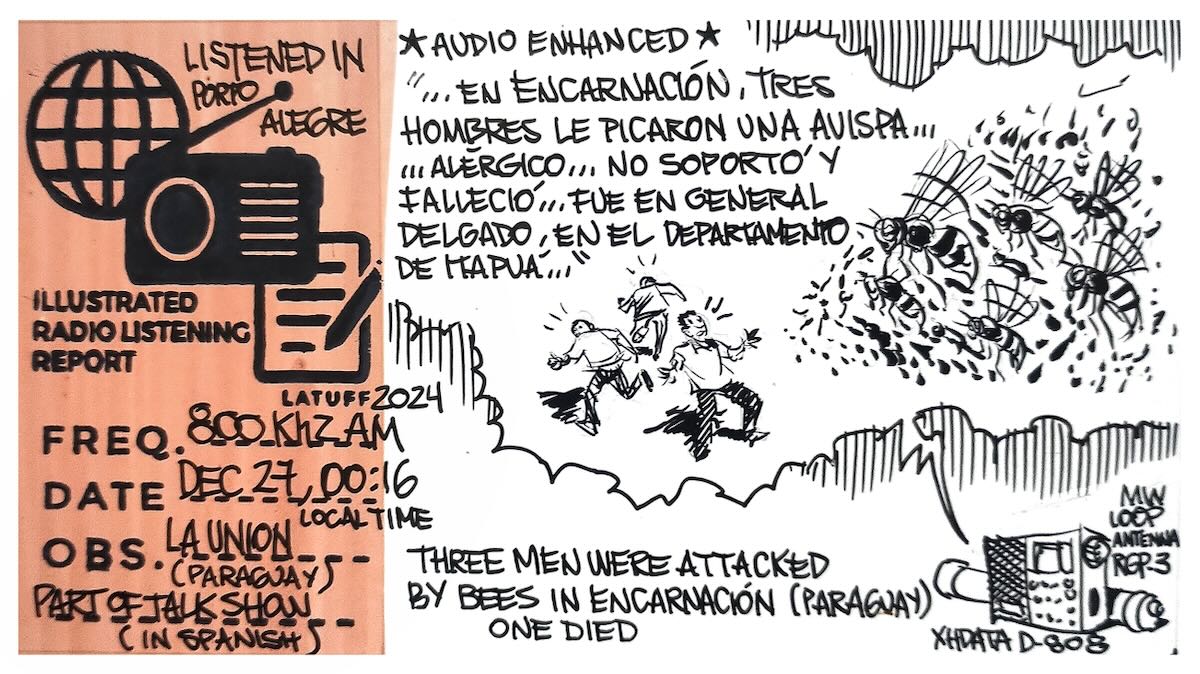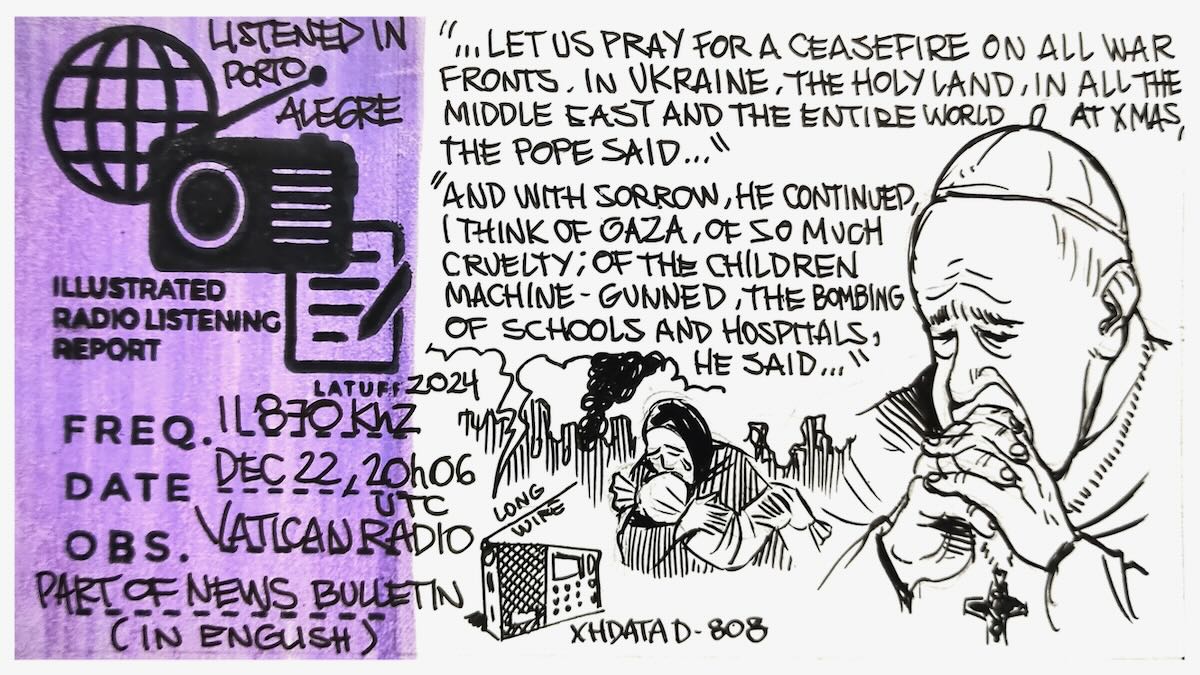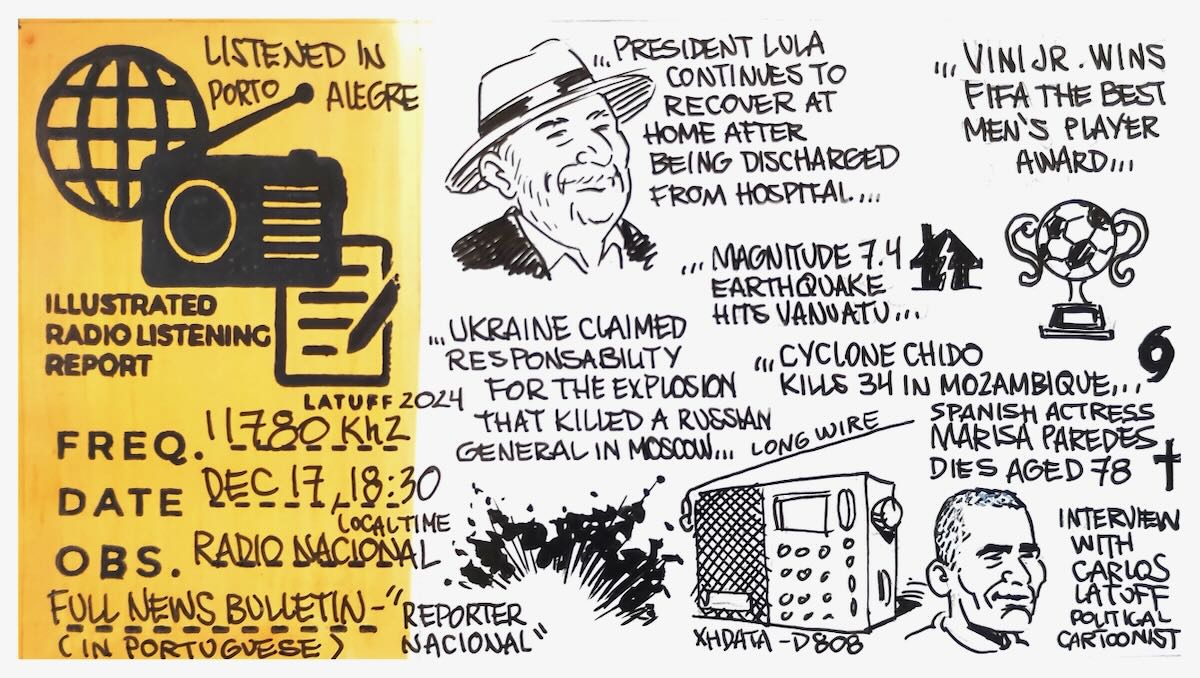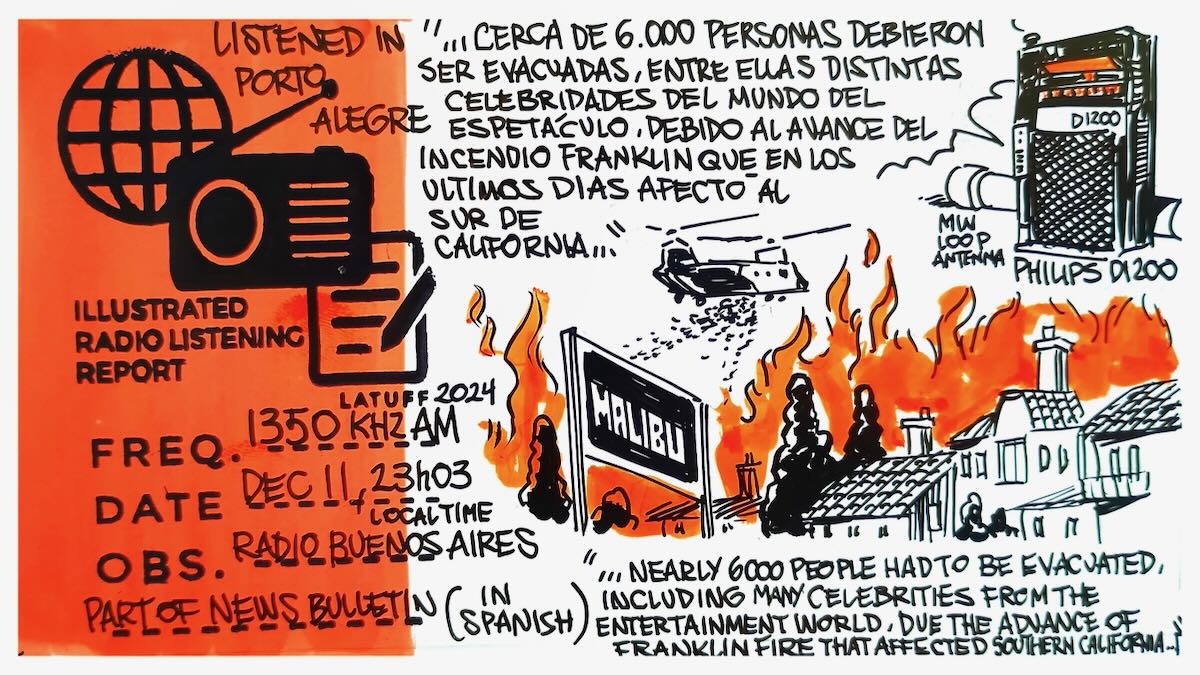 Many thanks to SWLing Post contributor, Carlos Latuff, who shares the following Kyodo News Radiofax and notes:
Many thanks to SWLing Post contributor, Carlos Latuff, who shares the following Kyodo News Radiofax and notes:
First 2025 morning edition of Kyodo News:
“Happy New Year. We wish all ships a safe voyage.”
Kyodo News is the only news agency in the world that sends news to Japanese ships via radiofax.
Received in Porto Alegre, Dec 31, 2024, 23h UTC.
Main headlines:
-
-
- One year since the Noto earthquake
- Two survivors of South Korean plane may not have been caught in explosion at the tail
- Arrest warrant issued for South Korean president
-

